More Technology, More Problems: How New Technology in Robotics Manufacturing Is Creating New Challenges

Posted on Mar 07, 2017 7:00 AM. 4 min read time
We live in exciting times. Several decades ago, the thought of robots working alongside humans was a topic reserved for science fiction. Fast forward to today, and robots are becoming an integral part of today’s manufacturing world. They continue to grow, evolve, and improve in both safety and efficiency.
Of course, the rise of technology is always held back by challenges in the world around us. Join us as we look at some of the challenges coming to light as manufacturing robotics continue to grow and flourish in today’s industries.
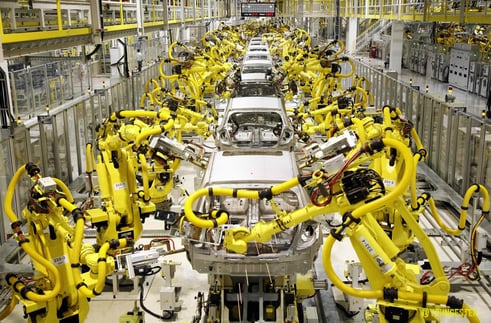
3 Challenges Holding Back Robotics in Manufacturing
The improvement and growth of technology is a force that cannot be stopped. Progress will not be halted, but it can be slowed by challenges in the world around us. Whether it’s a lack of materials, time, research, or even social/political issues, sometimes we are the ones holding back progress.
Let’s take a look at three challenges that are currently keeping our modern robotics from evolving at the rate they could, and should be.
1. Cost of Individual Robots
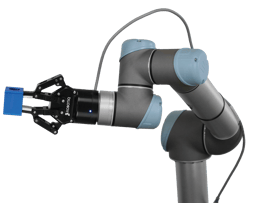 Robots offer a huge increase in efficiency for manufacturers, but they can be expensive. Standard fenced robots used in industrial manufacturing can cost up to $100,000 for what amounts to a robotic arm.
Robots offer a huge increase in efficiency for manufacturers, but they can be expensive. Standard fenced robots used in industrial manufacturing can cost up to $100,000 for what amounts to a robotic arm.
The sensors, camera, and motors - and lots of work - that are needed to make these things work can be expensive, which is why the total adds up to be something so high. While this still remains a challenge for smaller manufacturers, companies like DJI, 3D Robotics, and Universal Robots are creating highly advanced solutions for a fraction of the cost.
They are able to do this through innovations in flexible design and the ability to create collaborative solutions. Universal Robots is able to work safely alongside humans without any concerns.
It also helps that things like accelerometers, gyroscopes, and GPS have become cheaper because of their widespread use in smartphone technology.
Some companies are also offering robotics as a service which allows manufacturers to essentially lease the robots and save money by not having to pay for the unit out of pocket. Options like Savioke, for example, allow companies in the hospitality industry to use the robot for delivering items to guests.
2. Public Opinion
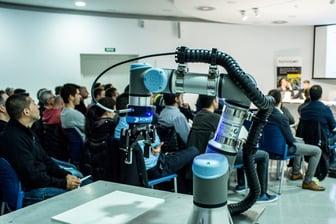 In the past, there have been situations where people were injured, or worse, as a result of working around robots. This has led people to falsely believe that all robots are dangerous. There’s also the fear that robots will take over human jobs.
In the past, there have been situations where people were injured, or worse, as a result of working around robots. This has led people to falsely believe that all robots are dangerous. There’s also the fear that robots will take over human jobs.
These uninformed fears are holding back robotics, as people assume they’re not safe, or they’re a threat to jobs. In reality, today’s technology allows us to create collaborative robot cells that can sense when people are nearby and use force feedback to ensure they don’t injure or otherwise collide with nearby people.
In regards to the jobs, robots can indeed perform automated assembly and mundane tasks, but they still need humans to fully accomplish the more complex tasks at hand. In fact, robots can create new jobs by automating lesser tasks and freeing up companies to hire more people for the complex jobs that require a human touch.
3. Lack of Cohesive Laws
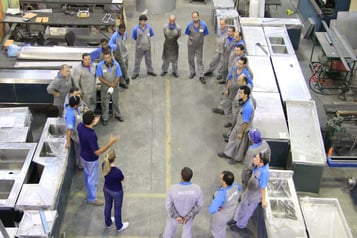 Automated industrial robots can offer huge jumps in productivity and efficiency. This can, in turn, grow the economy as well through more job opportunities and growth. Unfortunately, a major challenge standing in the way of robotics, are the laws that govern industrial automation.
Automated industrial robots can offer huge jumps in productivity and efficiency. This can, in turn, grow the economy as well through more job opportunities and growth. Unfortunately, a major challenge standing in the way of robotics, are the laws that govern industrial automation.
There’s not any single cohesive law or guidelines for this. Major countries have their own solutions and motivations. Ultimately, a balance needs to be struck between ensuring that humans can safely work alongside robots, and manufacturers can make full use of the robots they own.
Countries like South Korea have launched a Robot Ethics Charter, while the European Union has started on its RoboLaw project. The United States has the National Institute for Occupational Safety and Health (NIOSH), which has proposed four guidelines for human safety alongside robots.
The U.S and Canada have also developed a uniform regulation: ANS/RIA R15.016 Industrial Robot Safety Standard. This has its own guidelines for “collaborative operation of robots.” Ultimately, this challenge can be alleviated by creating a universal set of guidelines, which would give companies and manufacturers something to focus on.
Perhaps the closest we've come to a cohesive set of laws is at the ISO/TS 15066 which outlines the specifications required for safe collaborative robot application. By looking at a detailed explanation of these standards, it's easy to see why we should have a universal set of laws similar to this approach.
Final Thoughts
Robotics in manufacturing is the future of the industry, but there are new challenges that arise as progress moves forward. Which challenges do you see in today’s world? Let us know in the comments!

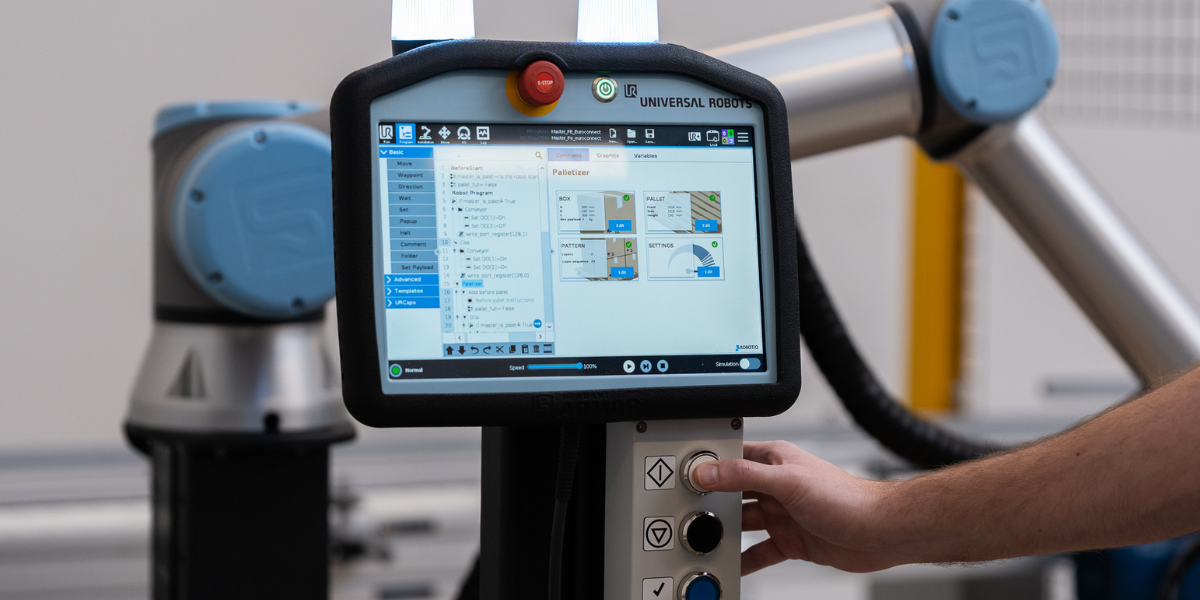

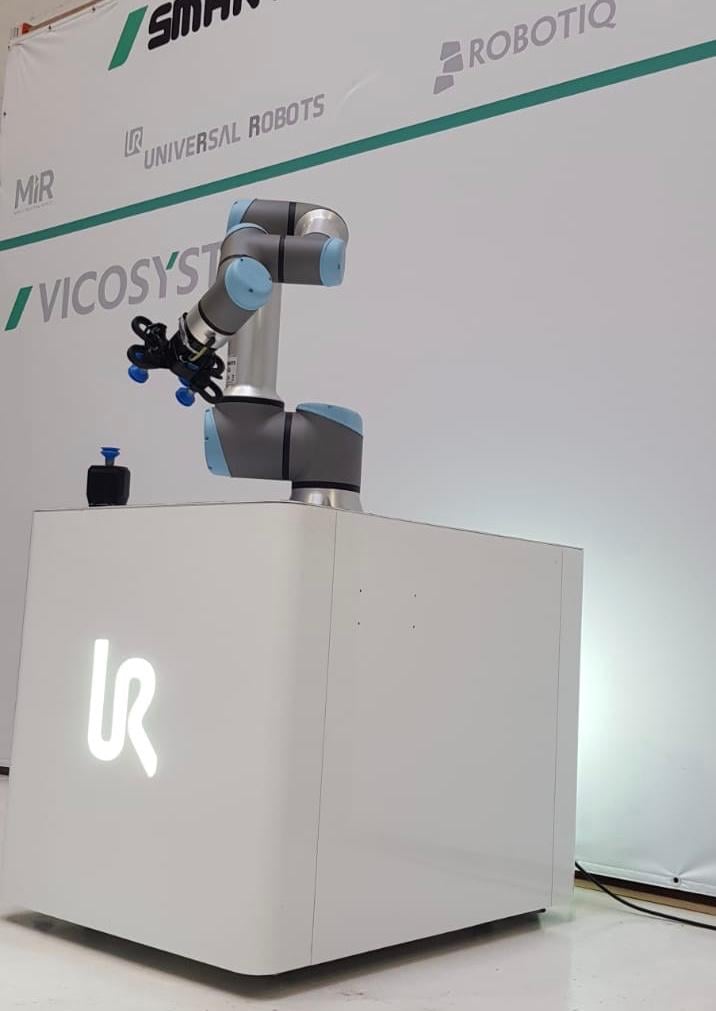




Leave a comment